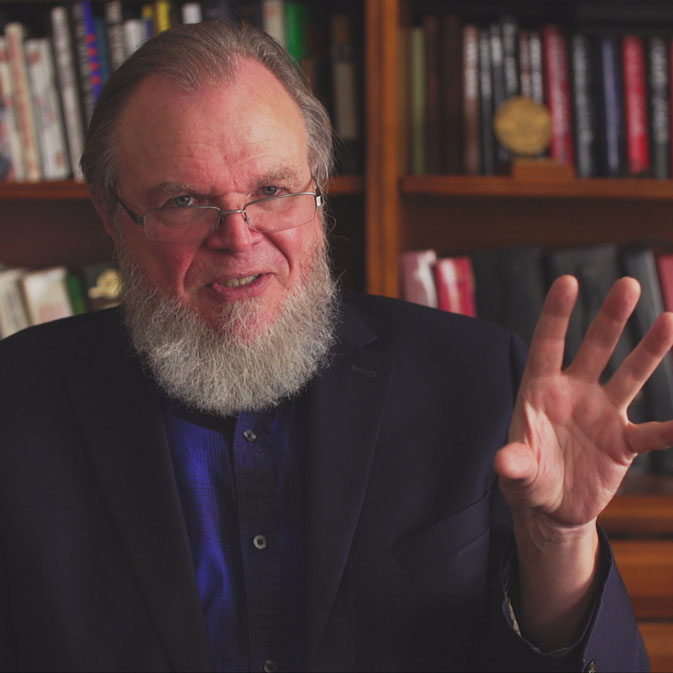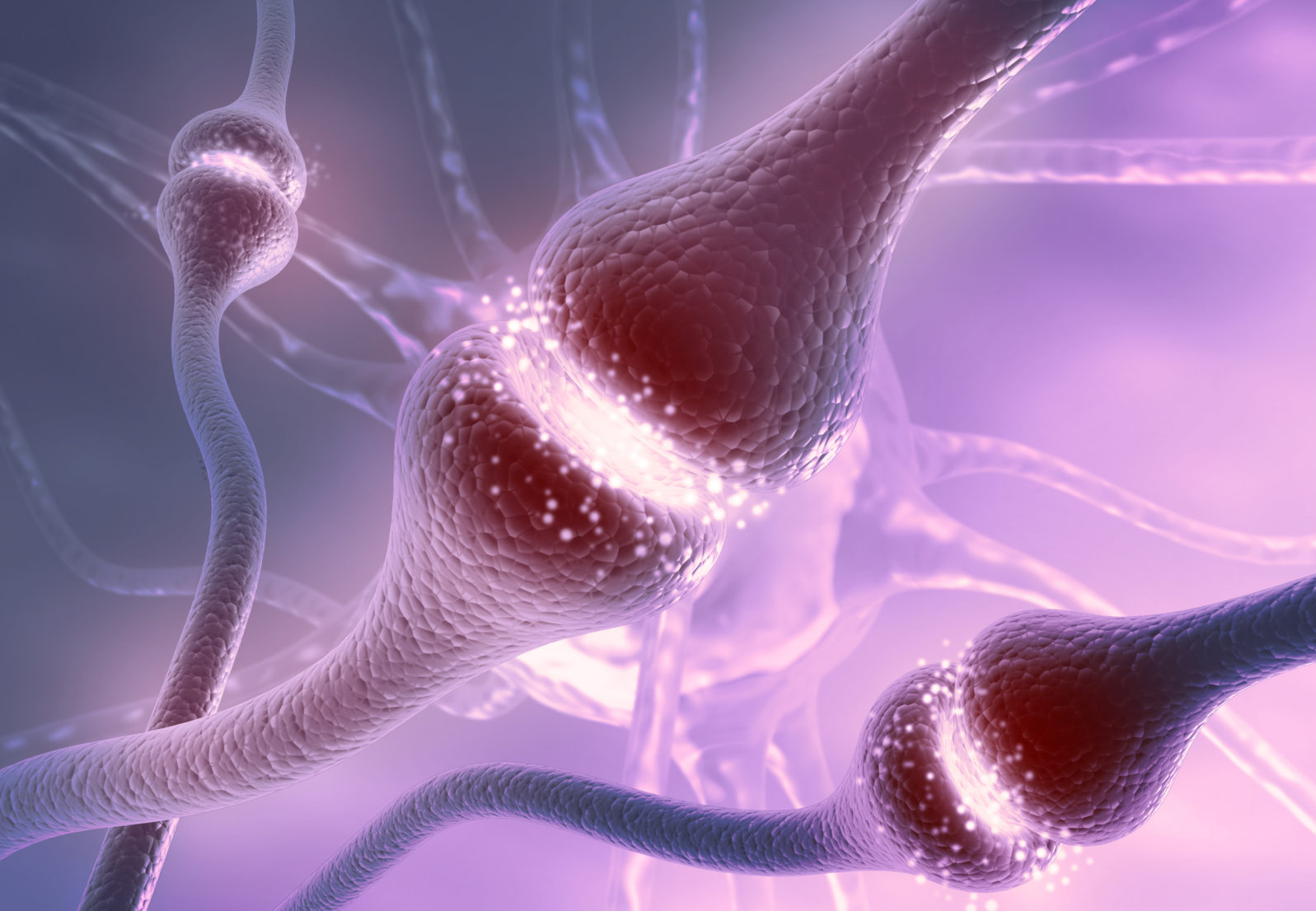How Our Brains Are — and Aren’t — Like Computers
Pediatric neurologist Andrew Knox looks at the topic with computer engineer Robert J. MarksIn the podcast released today, Walter Bradley Center director Robert J. Marks interviewed pediatric neurologist Dr. Andrew Knox from the University of Wisconsin School of Medicine and Public Health on “Ways the brain can break” (#220, January 5, 2023):
The brain is a marvelous organ still not understood. Artificial neural networks are supposed to be a simulation of the human brain. But comparing the brain to an artificial neural network is like comparing the human heart to a pump handle. Dr. Andrew Knox and Dr. Robert J. Marks discuss the brain, aging, and neurology.
This portion begins at 00:04 min. A partial transcript and Additional Resources follow.
Robert J. Marks: I got to ask you kind of a personal question; you work with kids whose brains are broken? Man, I would find this tough. You see little kids, and you see them having epileptic seizures, and you see kids with brain damage, and I don’t know, I would have a hard time just leaving this at work and not taking it home, but I suspect people in your profession have to develop a kind of rhino skin, and separate the medical aspects from your personal feelings. Do your experiences bother you after your work sometimes?

Andrew Knox: Well, sometimes they do. Actually, one of the wonderful things about doing epilepsy is that there’s a wide spectrum of what epilepsy looks like. So there are some kids who have frequent daily seizures that cause all sorts of problems. They have a lot of other cognitive problems, too, and those cases are hard.
But there are plenty of other kids who have a few seizures over the course of their life, and they go away after a few years. So you see kids in lots of different places, which I think is helpful just with dealing with fatigue and caring for patients. Even in the difficult cases, it is gratifying to work with those families. I’ve met some amazing people that way, and so there’s good that comes out of it.
One of the big things, I think, that is part of being a doctor, or part of medicine, is just being with people…and helping them through those times. That’s an important thing we can do for patients, even if there’s not a cure that we can offer to them for their specific medical problem.
Robert J. Marks: It’s kind of like a ministry for you in a way, right?
Andrew Knox: Yeah.

Robert J. Marks: Now, you’re a neurologist. How does a neurologist think about the brain? Do you have a special way to look at the brain?
Andrew Knox: Neurologists are usually primarily concerned with thinking about the hardware of the brain, where you can see that some part of the brain is broken, either with imaging studies, or with pathology under a microscope, or EEG — a study that looks at brainwave activity. We’re sort of more concerned with low-level brain problems.
Psychiatry and psychology usually approach the brain from the standpoint of the mind — not what’s happening with the physical substrate of the brain but what is happening in people’s thought processes, and what sort of dysfunction is there in thought processes. Now, obviously, there’s overlap between the two.
Robert J. Marks: Yeah, that’s what I was going to ask. There has to be an overlap between the two. So what is that?
Andrew Knox: That overlap, in some ways, is still not totally well understood. It can come out in different ways. If you think about depression, say, certain brain structures are implicated in depression. There are neurotransmitters that are implicated in depression. There’s certainly cases of depression where treating with a particular medication that addresses a neurotransmitter will improve a person’s depression or help get rid of the problem.
Robert J. Marks: Okay, let’s drill down a little bit. Could you define and talk about neurotransmitters? What is that, and why are you concerned with them?
Andrew Knox: The brain, at its base level, is comprised of neurons, the cells that use electrical signals to sort of integrate information, then communicate with each other. Then there’s other supportive tissues or glial tissues. Neurons communicate with each other by neurotransmitters. You have structures called synapses, which are the connections between the output from one neuron and the input to another neuron. They communicate via little chemical messengers. That’s what I’m referring to when I say neurotransmitters: substances that neurons use to communicate with each other.
Robert J. Marks: As I age, I mentioned I felt my brain slowing down. Are my neurotransmitters kind of being turned down with a little knob as a function of age?
Andrew Knox: Yeah, you could potentially say that. Certainly in kids, if you look at how brains develop over the first 18 years of life, you can see that kids’ brains are actually building more synapses — so more of those connections between different neurons — over the first 10 years of life. A kid may have actually as many as twice as many neurons as a typical adult.
Robert J. Marks: Really?
Andrew Knox: Yeah. And then part of maturing is actually getting rid of extra synapses.
Robert J. Marks: Now, are these synapses that you’re not using in some sense?
Andrew Knox: Yeah. Your brain is sort of developing its structure in real time, or pathways or communication that makes sense between neurons. There’s probably a nice analogy to how you think about [artificial] neural networks. As you start out with a neural network, you train it. And as you train it, some connections become stronger, some become weaker.
The brain goes further, to actually remove some of those connections entirely. That probably improves cognitive function when you are in the childhood age range.
Robert J. Marks: That’s interesting. In artificial neural networks, there used to be a process — I haven’t heard about this for years — called pruning. If you have some neurons that are kind of sitting there and not doing anything, they will eventually be removed algorithmically from what’s happening. Say, for example, you’re trying to classify a dog from a cat or something, and one of your inputs is the weather in Wisconsin. That is going to have nothing to do with whether you’re talking about a cat or a dog. So that weather in Wisconsin note is going to be totally removed. So that happens in kids…
Andrew Knox: It does, and that’s part of normal brain development, probably for the exact same reasons as you said. Some of those initial connections that you make are probably not useful. So as you get older, as you get experience, the brain prunes down to the connections that are most beneficial.
Robert J. Marks: Now, does getting rid of the neurons continue, or does it level off at some place? I’m hoping you say it levels off, but I don’t know.
Andrew Knox: It does level off. And we’re not talking about getting rid of the neurons, either. We’re just talking about getting rid of some of the connections between different neurons. So by and large, the number of neurons stays about the same.
Robert J. Marks: I see. Interesting. So, okay, we’ve talked about the difference between neurology and psychology, and you characterized it as hardware versus software, right?… So let’s get now into some of the work that you do, and talk about how the brain breaks. That’s a pretty strong statement. “Breaks” is different than “slows down.” How does a brain break?
Andrew Knox: There are many different ways the brain can break, and we can go through some of the typical examples, and I think it gives some good insight into how neurologists think about the connection between brains and minds, too.
Most people think of neurology as having come out of the study of strokes — a typical problem that comes up usually later in life. But there are kids who have strokes as well.
Andrew Knox: The basic idea of a stroke is that something blocks blood flow to a particular part of the brain. When that happens, the brain tissue in a particular area dies. Neurologists who cared for patients with strokes noticed that many patients come in with the same set of symptoms. So they would look at the brain after the patient had died and [they] found that the brain tissue is lost in a particular area. They noticed that there was a good correlation between losing brain tissue in a particular area and the symptoms the patient might have.
Next: Part 2: What is happening when children have strokes or dementia signs? Many children who would have died 40 years ago can live a relatively full life today but they are at risk of stroke or dementia. Neuroplasticity, the ability of the brain to rewire neurons to provide lost functions to at least some extent offers hope for rehabilitation.
Part 3: How do strokes, dementia offer insight into how the brain works? Neurologist Andrew Knox thinks the brain may store memories is an associative scheme, where previous memories are used to build up new ones. Some episodes of loss of consciousness are not seizures or stroke; syncope, caused by low blood pressure, can turn out to be harmless.
Additional Resources
- Robert J. Marks at Discovery.org
- Dr. Andrew Knox at University of Wisconsin School of Medicine
You may also wish to read: A neurosurgeon on why some people function with only half a brain. The study results are reassuring and they point to two larger truths. First, the mind is not the brain and second, people tend to see the mind–brain relationship in terms of the cultural conceptions that matter to them.
